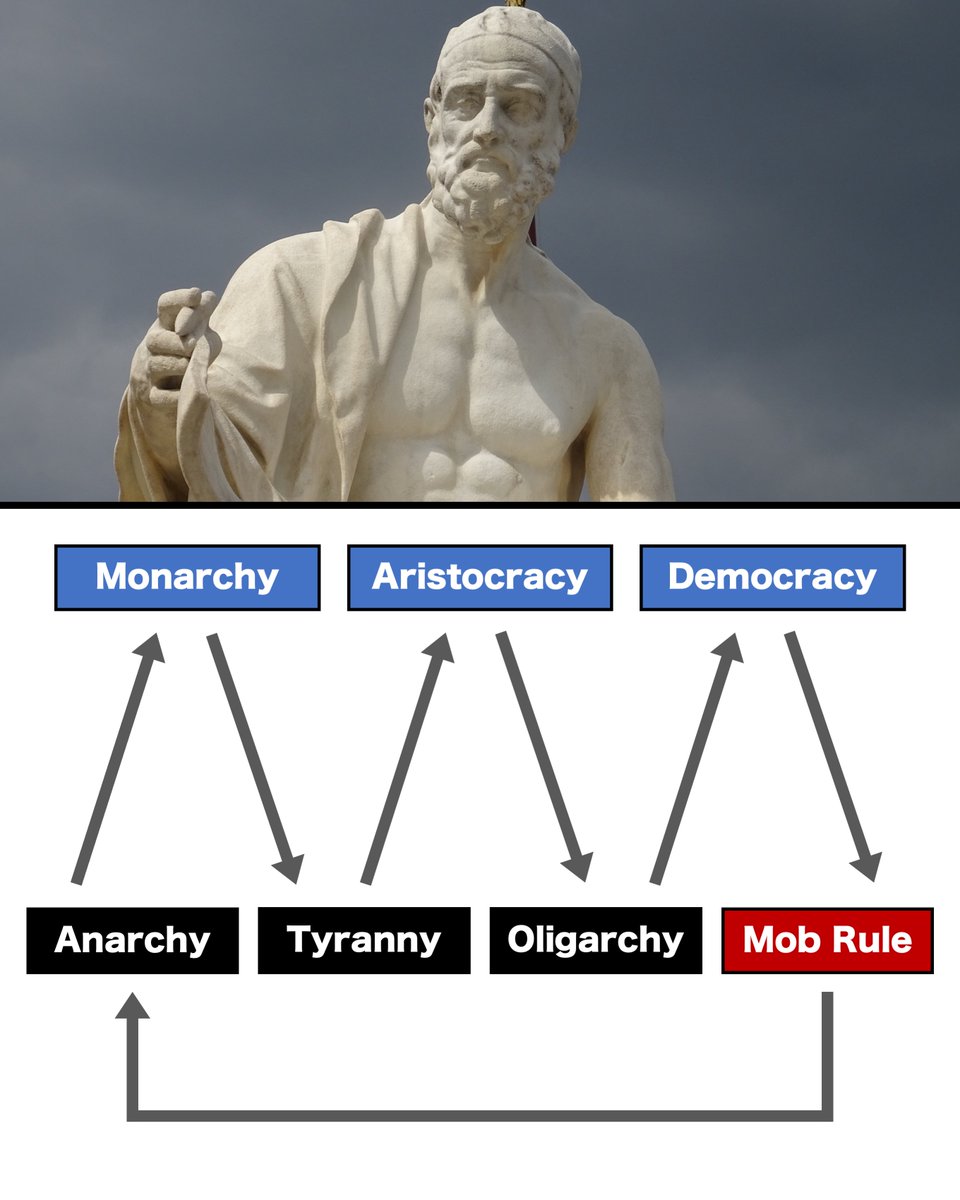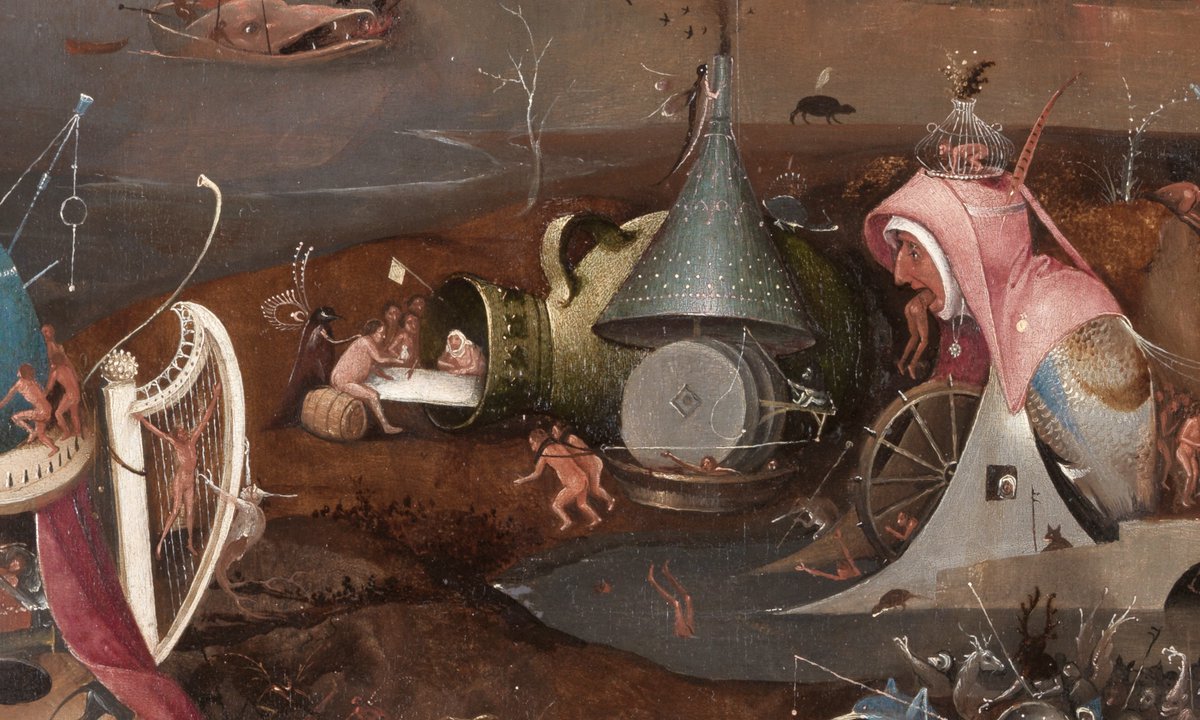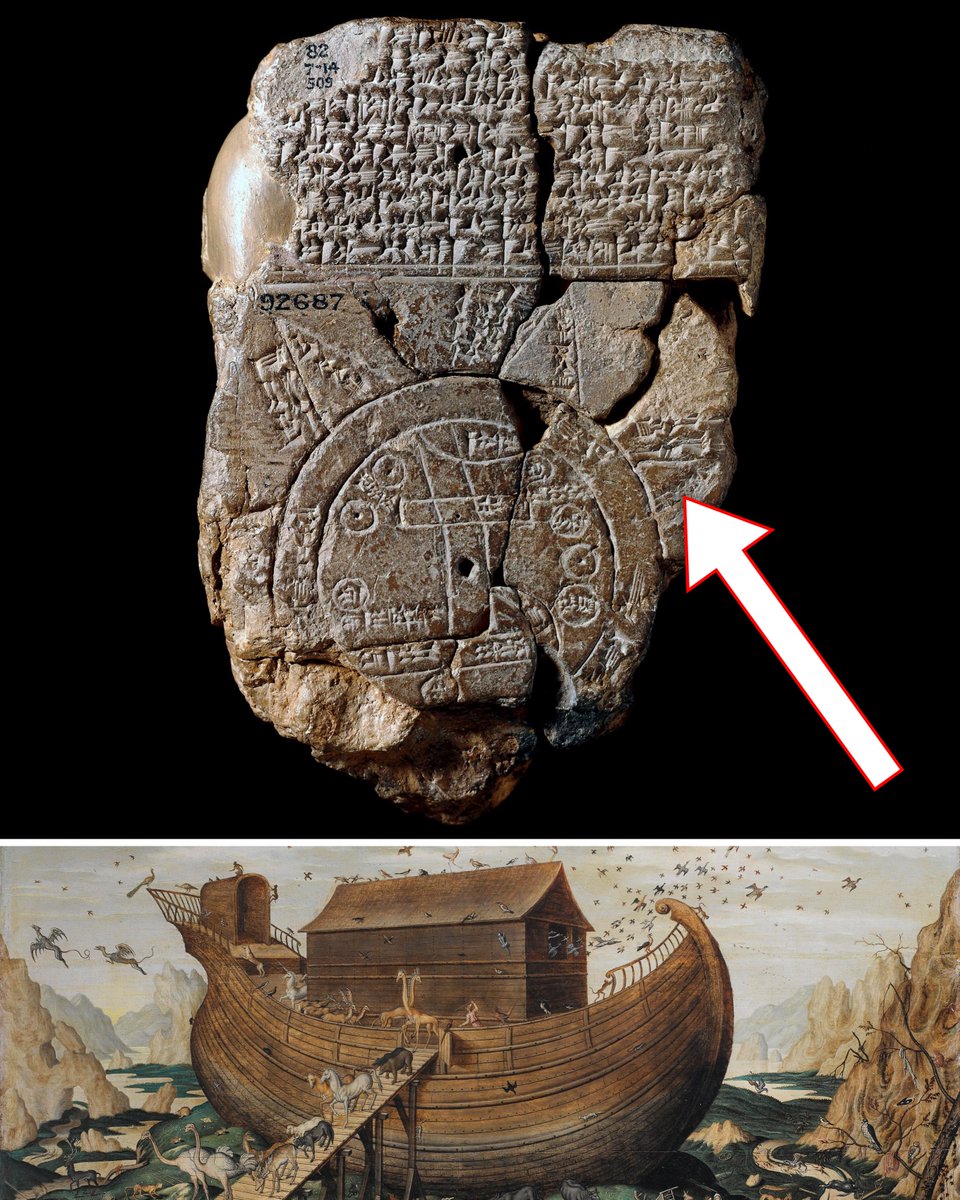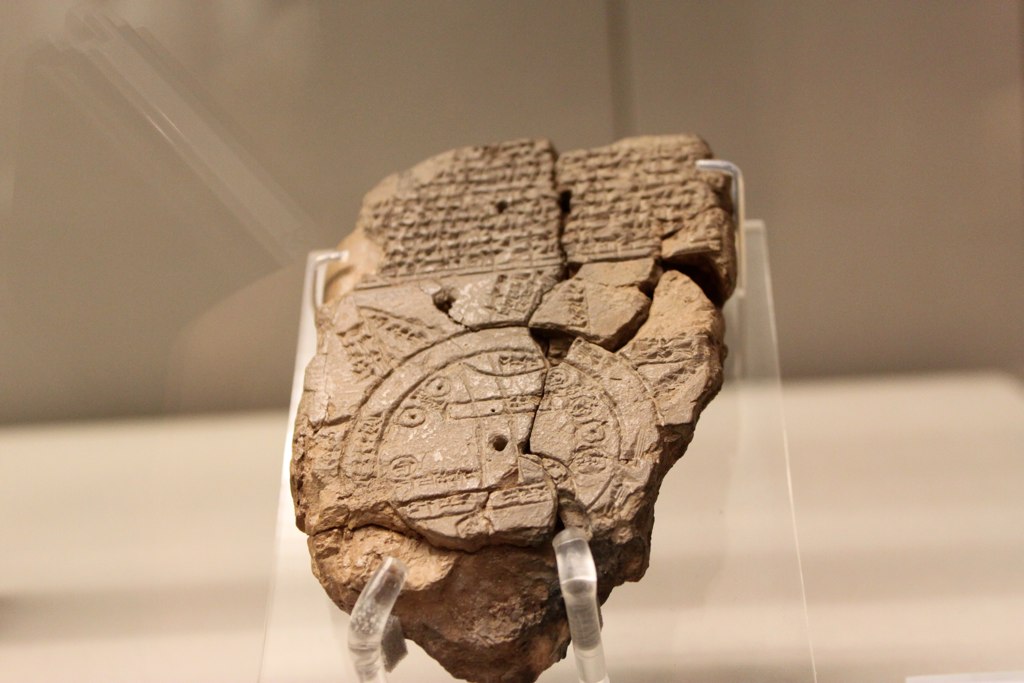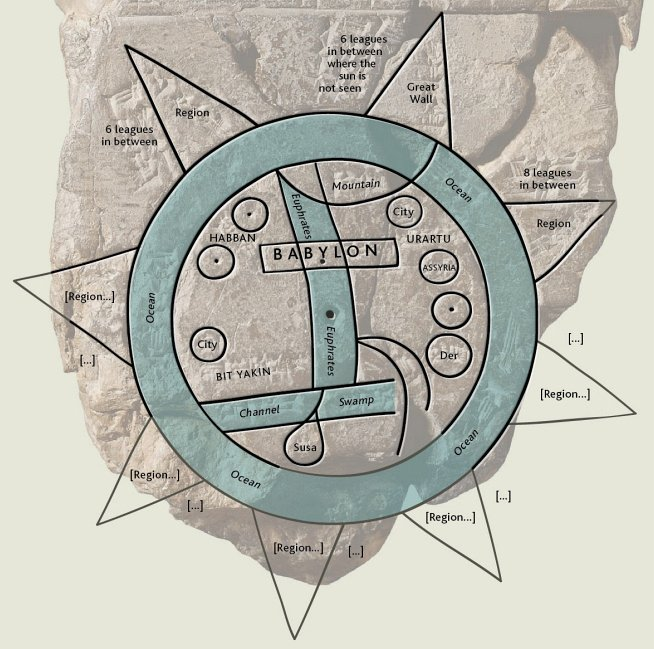Reminder: this is how American cities looked 100 years ago.
Everything in this image was demolished.
Here's why — and how we can bring it back... (thread) 🧵
Everything in this image was demolished.
Here's why — and how we can bring it back... (thread) 🧵

At the turn of the 20th century, exhibitions known as World's Fairs transformed American cities into vast architectural displays.
They were moments of immense civic pride and confidence for the future...
They were moments of immense civic pride and confidence for the future...

For example, St. Louis turned its parks into lagoons and waterways, navigated by visitors on Venetian gondolas and electric boats.
1,500 neoclassical buildings built in a few years.
1,500 neoclassical buildings built in a few years.

What for? Ultimately, it was to celebrate humanity.
World nations came together to showcase advances in culture and technology inside great "pavilions", like the Palace of Transportation in St. Louis:
World nations came together to showcase advances in culture and technology inside great "pavilions", like the Palace of Transportation in St. Louis:

World's Fairs were like the Olympics of their era, before the rise of TV broadcasting.
Countries took turns hosting and there was plenty of one-upmanship — especially as the geopolitical torch passed from Europe to the New World.

Countries took turns hosting and there was plenty of one-upmanship — especially as the geopolitical torch passed from Europe to the New World.


Fairs were even chances for cities to bounce back from disaster.
Chicago put on maybe the greatest ever event, just 22 years after being gutted by an inferno in which 17,000 buildings were destroyed...
Chicago put on maybe the greatest ever event, just 22 years after being gutted by an inferno in which 17,000 buildings were destroyed...

Then, in 1893, it produced a fair attended by 27 million people — when Chicago's population was only 1 million and there was no air travel.
In just two years, the "White City" went up in Jackson Park.
In just two years, the "White City" went up in Jackson Park.

Chicago did everything to upstage the previous fair in Paris, which had unveiled the Eiffel Tower.
1893 was a glimpse into the future: the first fair lit solely by electricity, which most Americans were witnessing for the first time.
1893 was a glimpse into the future: the first fair lit solely by electricity, which most Americans were witnessing for the first time.

Among the state-of-the-art technologies displayed was the world's largest telescope.
Above all, these fairs were expressions of confidence in face of fast, disconcerting industrial change.
Above all, these fairs were expressions of confidence in face of fast, disconcerting industrial change.

In 1962, the Seattle fair was a statement of America's outer space ambitions, and the Space Needle built as a monument to that optimism. 



Enthusiasm for the fairs waned in the mid century and they never got back to their former glory.
They still happen today, but even Dubai 2020 couldn't beat Chicago's attendance almost 130 years earlier.
They still happen today, but even Dubai 2020 couldn't beat Chicago's attendance almost 130 years earlier.

And sadly, very little remains from the early fairs — it can be hard to believe they ever happened.
What happened to all the neoclassical wonders?
What happened to all the neoclassical wonders?

They were mostly temporary, built from pine with exteriors plastered on.
Most were dismantled, but some of those built from more solid materials linger on, like Chicago's Palace of Fine Arts.

Most were dismantled, but some of those built from more solid materials linger on, like Chicago's Palace of Fine Arts.


As well as technology, the fairs reminded people that buildings could be expressions of inward greatness.
They sparked the "City Beautiful movement": a short-lived philosophy that said architectural beauty could improve social cohesion.

They sparked the "City Beautiful movement": a short-lived philosophy that said architectural beauty could improve social cohesion.


If the early fairs were driven by one thing, it was civilizational optimism — captured in Chicago's 65-foot crowning monument.
They didn't always make economic sense, but were funded by private donations to go ahead anyway.
They didn't always make economic sense, but were funded by private donations to go ahead anyway.

Can we bring them back?
Renewing the glory of the fairs might be a way to unite people in a sense of cultural and techno-optimism — when much about the world seems uncertain...


Renewing the glory of the fairs might be a way to unite people in a sense of cultural and techno-optimism — when much about the world seems uncertain...



If threads like this interest you, I go deeper in my FREE newsletter every week!
94,000+ people read it: history, art and culture 👇
culture-critic.com/welcome
94,000+ people read it: history, art and culture 👇
culture-critic.com/welcome
• • •
Missing some Tweet in this thread? You can try to
force a refresh


